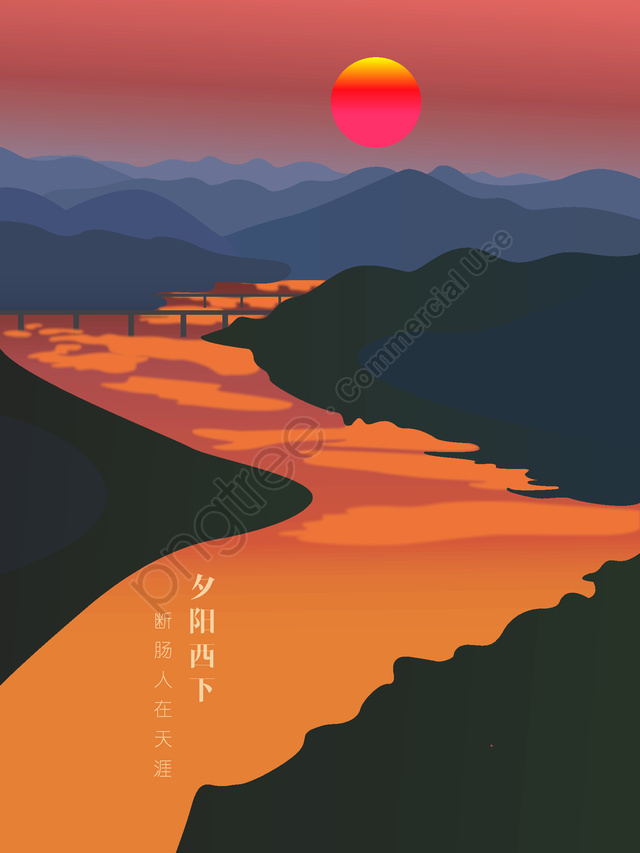Landscape Illustration Tips For Beginners
Adelaide landscapers Illustration includes two important features that set it apart from other art forms. First, it takes no formal instruction, and second, it may be learned almost anywhere. This isn’t true with other art forms like painting or sculpture. In order to create good landscape sculptures and paintings, you have to learn the procedure for isometric and perspective drawing. In addition to isometric and perspective drawing, then you also need to know about the numerous textures which are located in real life. adelaide landscapers Illustration can be learned by anybody as long as they have a fundamental understanding of the art and an appreciation for beauty.

Learning Landscape Illustration is very similar to learning how to draw. In both circumstances, the simplest components that you will require are isometric and perspective drawing. However, there are a number of important differences which make drawing landscapes easier than other kinds of drawings. The principal difference is that in landscape illustration, the elements do not exist in the visible plane. Rather, these components must be derived from a flat, two-dimensional image such as a photo.
Landscape Illustration Tips For Beginners
Landscape Illustration is composed of two big theories. The first concept is to utilize flat media along with isometric drawing tools to illustrate landscape layout elements. The second concept is to use perspective along with isometric tools to draw on the scenery. In this manner, it is possible to combine the two websites together to produce a three-dimensional image of your landscape.
Landscape Illustration Tips For Beginners
When it comes to learning how to draw a landscape, one of the most important concepts to understand is how to convert your flat pictures into more detailed and vivid pictures. For example, when you look at a picture of a landscape, then you see how the horizon is not necessarily right. You will observe that the landscape features a wavy horizon line. This is because the horizon is usually constructed from straight-line view. In the event that you should apply perspective to that spectacle, however, you would see that the horizon has been curved.
Landscape Illustration Tips For Beginners
One way to make your flat images into more vibrant images would be to add perspective to the scene using isometric drawing tools. With isometric tools, you’re able to put out the landscape as a set of straight lines. Then, you are able to bring all those straight lines collectively by using an isometric grid. As you start to understand to draw a picture, this technique will allow you to add perspective to a level image of the landscape layout.
Landscape Illustration Tips For Beginners
Another technique to remember when learning how to draw a landscape is that you need to make sure you always see the scene at precisely the exact same level. From time to time, you might want to scale down a scene somewhat in order to make it resemble the landscape is in precisely the exact same elevation as the level beneath it. This is because the landscape components may be in a higher degree than the objects they are drawing on the ground level. This is particularly true of elements which are taller than the flat desktop.
Something else that’s important to remember when drawing flats is you ought to constantly be visiting the subject at precisely the same level as you are in the foreground. Whenever you are near the surface of a horizon, for example, you should be seeing the topic in precisely the same eye level as you’re at the eye of the horizon. You should also be looking down upon the topic from a similar elevation as you were considering the horizon. Remember that whenever you are drawing skies or flat components on a flat background, you need to be looking up as well as down on them.
The closing of these Landscape Illustration Tips can help you understand how to draw a set landscape correctly. When you’re done with your flat picture, you have to be able to see all the flat elements up close and in detail. This isn’t always as easy as it seems, however. If your image is too big, you can’t see all, and if it’s too little, you can’t see anything in any way. It takes practice, a lot of practice, to master this one.
